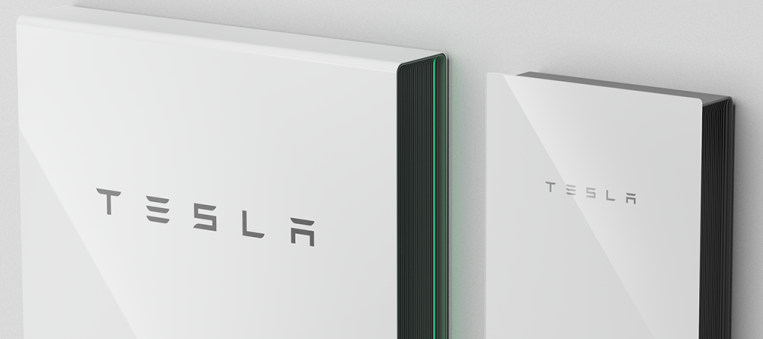I had a Powerwall 11 installed on 21st May with back up Gateway. My specification was to be able to have a self-powered home. I.e. I didn’t want to buy any grid electricity at all, or at least reduce my dependency on Grid supplied energy.
My solar array is some 6 years old and performs very well but the inverter is grid connected such that if there is a grid power failure/outage I have no power in the home – so not even the gas boiler will work! The Tesla back up gate way keeps the house energised even if the grid is down. Solar power continues and or the Powerwall depending on the time of day.
The installation was straight forward and was completed in 2 days. Things to look out for if considering a Tesla installation. Get at least three quotes and make sure any installer is Tesla accredited – Tesla won’t allow non accredited installers near their kit. The gateway needs to be connected to the internet - ideally three different ways. It comes with a SIM for remote monitoring by Tesla support but they require it also to be connected by a direct ether net connection and WI-FI.
The concern is that if your router is changed and the connection is not hard wired then you will not be able to use the APP to control the system. The Tesla APP allows you to monitor in real time how much energy is being produced and where it is being used or exported – very simple and straight forward – ok for smart phones as well as android tablets.
The result is that from 21st May 2020, I have only spent £0.02 per day on grid electricity plus of course the all-important daily standing charge.
BUT – on a poor day with low light the one Powerwall installation can become almost exhausted. I have set the back-up limit at 5% (in case of a grid outage) after which the gateway will allow grid energy through to power the home.
Now for the complicate bit – do I stay on my one tariff rate day and night – or switch to say economy 7?
Staying as I am, will mean paying more for charging the battery off peak, assuming that on most days I will have sufficient power in the battery to power the house during the day and evening? BUT switching to economy 7 and being caught out on occasions of poor light in the day may result in having to use grid power at an expensive time.
Experience to date suggests that our present profile of power usage allows the solar/battery combination to get us through the most trying days until late evening and as there has been so much sunlight through until charging can take place from the solar array.
I want to stick with OVO – been with them for 6 or so years and I have never experienced a more cooperative and supportive utility provider in 60 years of desperate struggles – so my instinct at this time is I will switch to economy 7 at the end of my current contract and tweak our usage through the winter such as to only use off peak power from the grid.
Hope all this helps someone and if anyone needs further info please let me know.




